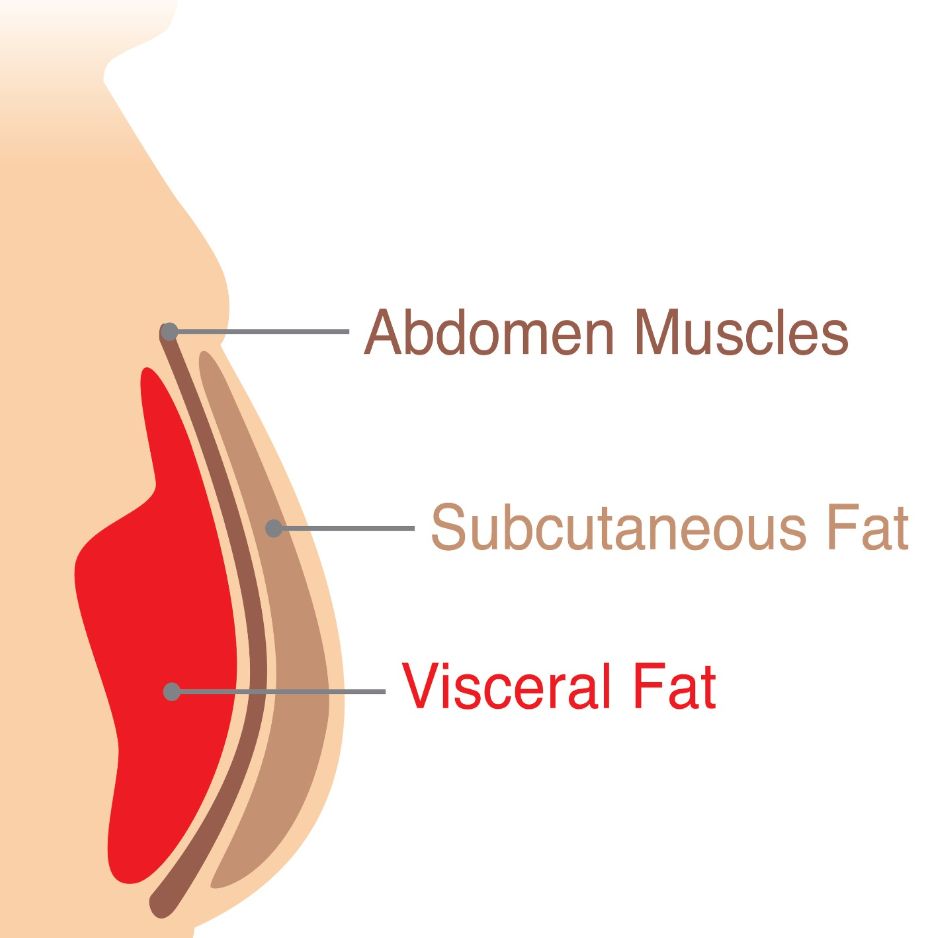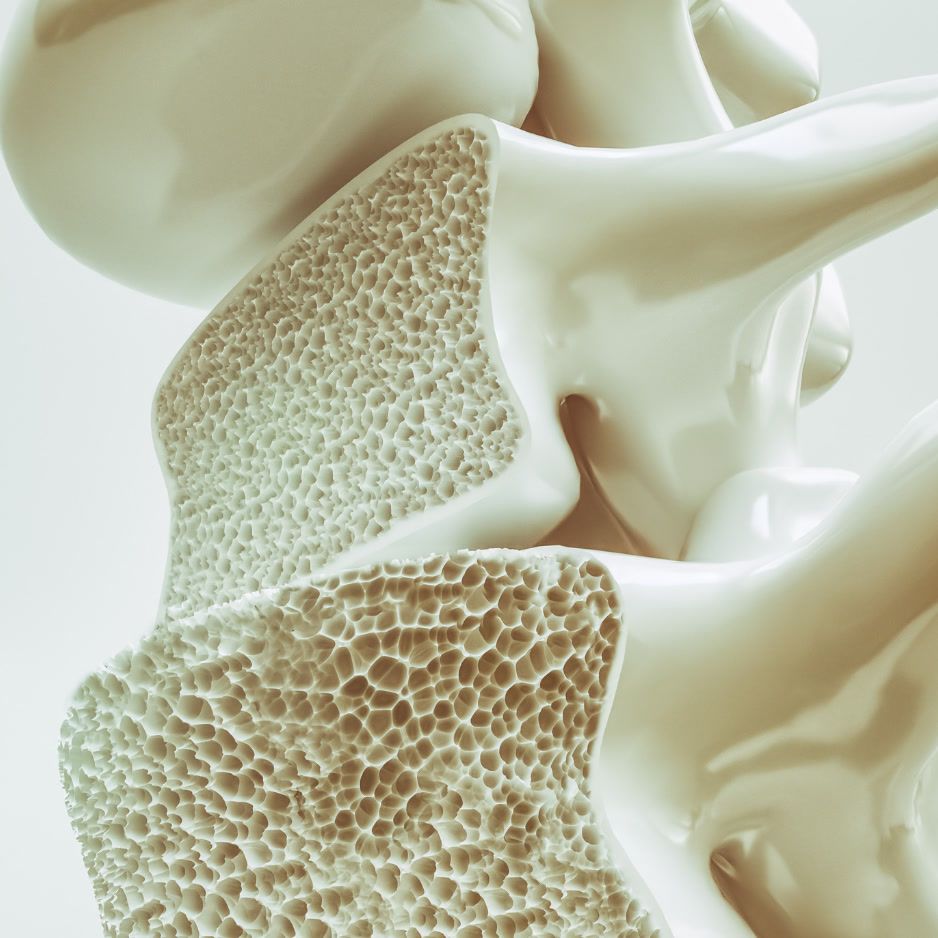Keto Diet Results: Your 4-Week Timeline
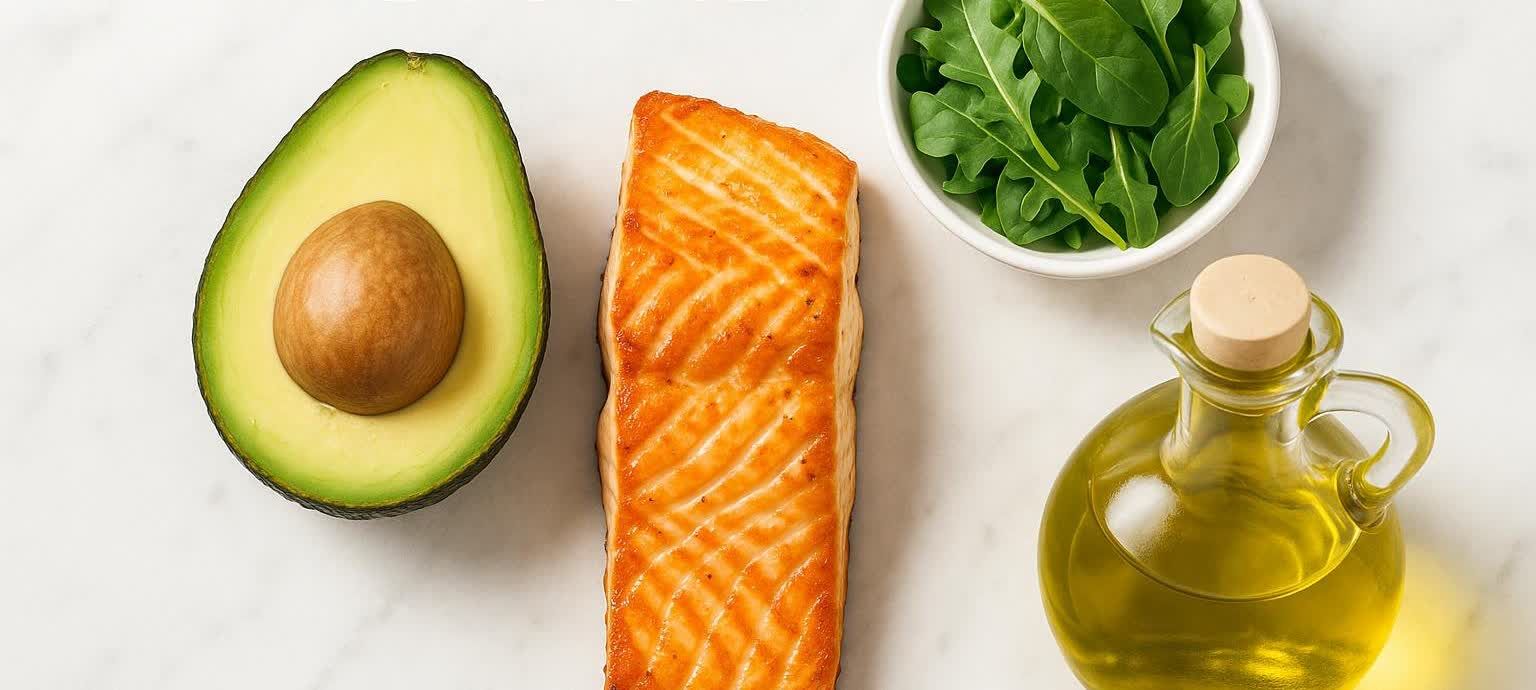
Keto Diet Results 4 Weeks: Your Complete Week-by-Week Timeline
Starting a ketogenic diet can feel like jumping into uncharted waters—especially when you're wondering what changes to actually expect in your first month. Whether you're planning for a special event like David preparing for his groomsman duties, seeking evidence-based health improvements like Susan managing pre-diabetes, or simply curious about realistic outcomes like Chloe eyeing spring break, this guide cuts through the hype to give you science-backed expectations for your 4-week keto journey.
What Is the Keto Diet? (Quick Refresher)
The ketogenic diet dramatically limits carbohydrates (typically 20-50 grams per day) while emphasizing high fat intake (70-80% of calories) and moderate protein (15-25%). This shifts your body from burning glucose for fuel to producing ketones—an alternative energy source derived from fat. Harvard's Nutrition Source explains that by severely restricting carbohydrates, the body is deprived of its primary energy source and forced to break down stored fat for fuel.
Your 4-Week Keto Results: What the Science Shows
Week 1: The "Whoosh" Effect (2-10 lbs Lost)
Your first week delivers the most dramatic scale changes, but here's the reality check—most of this initial loss is water weight, not fat. This is also widely regarded as the hardest week of your keto journey.
When you slash carbs, your body depletes glycogen stores in muscles and liver. Since glycogen binds to water at roughly a 3:1 ratio, releasing these stores creates rapid weight loss. According to multiple studies, people typically lose 2-10 pounds in week one, with larger individuals experiencing bigger drops.
You'll likely experience the infamous "keto flu" during days 2-7. Harvard Health Publishing reports symptoms including headache, brain fog, fatigue, irritability, nausea, difficulty sleeping, and constipation. These aren't dangerous but signal your body's transition to fat-burning mode.

This week proves challenging because your body is literally switching fuel sources—a significant metabolic transition that can cause temporary side effects.
You're also fighting decades of carb-centric eating habits while dealing with withdrawal-like symptoms from sugar and processed foods. Many people report intense cravings for bread, pasta, and sweets during this period.
A typical scenario: A person like David might notice significant initial weight loss along with afternoon fatigue and mild headaches as the body adapts to such a dramatic dietary change before an important event.
Managing the Keto Flu: Evidence-Based Solutions
Studies analyzing online user reports found that about one-third of keto dieters experience flu-like symptoms. Here are evidence-based ways to manage them:
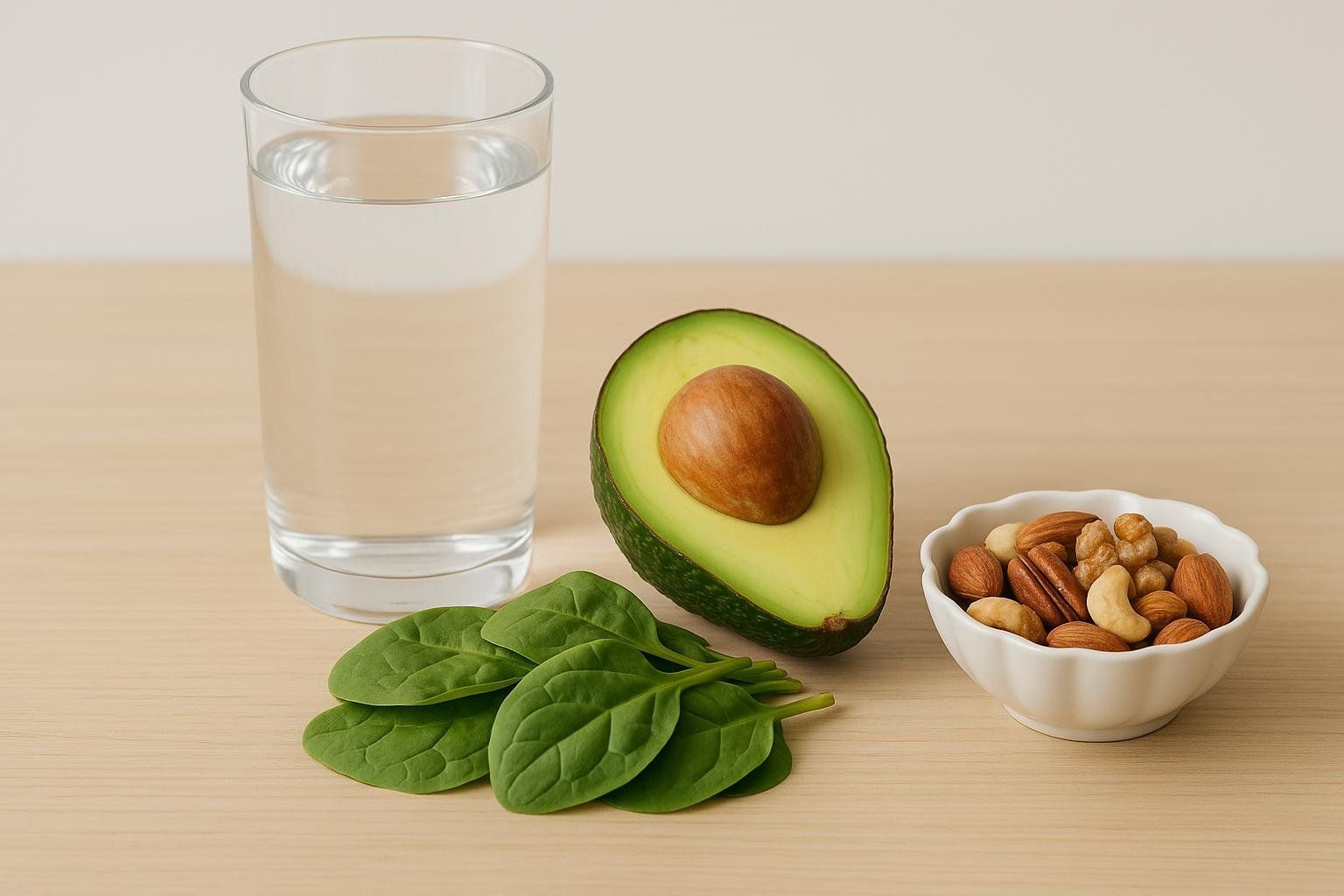
- Replace electrolytes: Medical News Today recommends consuming plenty of fluids and electrolytes to help manage symptoms. Focus on sodium (through bone broth, sea salt), potassium (avocados, leafy greens), and magnesium (nuts, dark chocolate, supplements)
- Stay hydrated: Drink at least 2.5-3 liters of water daily
- Adapt gradually: Some people benefit from gradually reducing carbs over 7-10 days rather than going cold turkey
- Prioritize quality sleep: Harvard Health Publishing emphasizes that adequate rest helps your body adapt more efficiently
Week 2: True Fat Burning Begins (1-2 lbs Lost)
With glycogen depleted, your body starts breaking down stored fat for energy. Weight loss slows to a more sustainable 1-2 pounds as you enter ketosis. This transition period marks when genuine fat oxidation accelerates as your liver begins producing ketones more efficiently. Many people report reduced cravings and increased satiety during this phase.
The keto flu typically subsides, and energy levels begin stabilizing. Mental clarity often improves as your brain adapts to using ketones for fuel—a process supported by research on ketones as an alternative brain fuel.

By this point, someone like David might notice improved concentration during afternoon work tasks without needing snacks, signaling successful metabolic adaptation—crucial for maintaining a demanding schedule.
Week 3: The Sweet Spot (1-2 lbs Lost)
Many people describe week three as their "keto breakthrough." Fat loss continues at 1-2 pounds while energy and focus peak. By week three, many people have achieved full ketosis and metabolic flexibility. Research suggests enhanced cognitive performance benefits during sustained ketosis.
Workouts feel strong again, mental sharpness improves, and hunger significantly decreases. Many report sleeping better and waking more refreshed.

Someone like David might now notice sustained focus during morning meetings and looser-fitting clothes, particularly around the waist—encouraging progress toward important goals.
Week 4: Adaptation and Reality Check (0.5-2 lbs Lost)
Weight loss may slow as your body adapts to its new fuel source. This isn't a failure—it's biology. EatingWell's 30-day keto experiment documented how metabolic adaptation causes weight loss plateaus. As you lose weight, your body's total daily energy needs naturally decrease, which can slow the rate of loss. This is a normal biological response.
Energy remains high, appetite stays controlled, and you may notice significant changes in body composition even if the scale doesn't budge as dramatically.

After four weeks, many people with similar goals report a total loss of 10-15 pounds and find their clothes fit more loosely, with sustained energy throughout long workdays.
What to Expect After a Full Month: Your Complete Results Summary
After 30 days, your changes extend far beyond the scale. Based on medical research analyses from Healthline and real-world observations, here's your comprehensive 4-week outlook:
Weight Changes:
- Total weight loss: 8-15 pounds for most people
- Body fat reduction: 2-4 percentage points
- Significant decrease in visceral fat
Energy and Performance:
- Significant improvement in energy levels after week 1
- Enhanced mental clarity by weeks 2-3
- Better sleep quality and more restorative rest
Metabolic Improvements:
- Enhanced fat oxidation efficiency
- Significant reduction in cravings and hunger
- More consistent blood sugar levels throughout the day
- Optimal blood ketone production (1.5-3.0 mmol/L)
Common Keto Questions: Your First Month
How Much Weight Can You Lose in 14 Days on Keto?
Based on aggregated keto research, expect 6-12 pounds in your first two weeks—primarily water weight in week one (2-10 pounds), then genuine fat loss beginning in week two (1-3 pounds).
Can I Lose 20 Pounds in a Month with Keto?
Possible for some, but not typical. While medical weight loss studies document 20+ pound losses in severely obese participants, most people lose 8-15 pounds total in their first month, with only 3-6 pounds being actual fat loss.
The math reality:
- The common estimation is that one pound of fat represents approximately 3,500 calories
- 20 pounds of fat = 70,000 calorie deficit needed
- Daily deficit required = approximately 2,333 calories
- For most people, this level of restriction is unsustainable and potentially dangerous
More realistic expectations: 8-15 total pounds, with steady 1-2 pound weekly losses after the initial water weight drop.
Real-World Success Factors
Looking at successful 4-week keto transformations, several patterns emerge:
-
The Planning Factor: People who succeed plan their meals meticulously, especially in weeks 1-2. This means having keto-friendly snacks ready and knowing restaurant options before social situations arise.
-
The Protein Priority: Research suggests that maintaining 1.6-2g protein per kg of lean body mass prevents muscle loss during caloric restriction.
-
The Movement Component: Those who combine keto with resistance training 2-3 times per week see superior body composition changes compared to diet alone.
When to Worry (And When Not To)
Consult a Healthcare Provider if You Experience
- Severe, persistent headaches beyond day 7
- Difficulty breathing or chest pain
- Extreme fatigue that doesn't improve by week 2
- Any symptoms if you have diabetes, kidney disease, or heart conditions
Tracking Your Progress: Beyond the Scale
The bathroom scale tells only part of your story. While scales measure total weight, body composition provides a more accurate picture of your progress. Your body composition—the ratio of fat to muscle—tells the real story of transformation.
Body Measurements
Track waist, hips, chest, arms, and thighs weekly. Many people see inches lost even when weight plateaus.
Progress Photos
Take front, side, and back photos in consistent lighting and clothing. Visual changes often outpace numerical ones.
Energy and Performance Logs
Note sleep quality, workout performance, mental clarity, and hunger levels. These often improve before significant weight loss occurs.
Fat Loss vs. Muscle Preservation
Studies on ketogenic diets and physical performance demonstrate that when protein intake remains adequate (around 1.6g per kg of lean body mass) and resistance training continues, muscle preservation is excellent during keto adaptation. This muscle-sparing effect is particularly important during the first month when many people worry about losing hard-earned gains.
The Visceral Fat Advantage
One of keto's most significant benefits appears in visceral fat reduction—the dangerous fat surrounding your organs. Research found substantial decreases in visceral fat mass during ketogenic interventions, changes measurable with advanced imaging techniques like CT scans or DEXA scanning.
DEXA Scanning for Precision
For the most accurate picture of your body composition changes, a DEXA scan provides precise measurements of fat mass, lean tissue, and bone density that bathroom scales simply can't deliver. BodySpec offers convenient mobile DEXA scanning across California, Texas, and Washington, making it easy to get baseline and follow-up measurements.
Sample Keto Meal Ideas
Here's a practical approach that aligns with successful keto outcomes:
Weeks 1-2: Strict Adaptation
- 20g net carbs maximum
- 75% calories from fat, 20% protein, 5% carbs
- Focus on whole foods: eggs, fatty fish, avocados, olive oil, leafy greens
Sample Day:
- Breakfast: 2-egg omelet with cheese and spinach cooked in butter
- Lunch: Chicken Caesar salad with parmesan and olive oil dressing (no croutons)
- Dinner: Baked salmon with asparagus and avocado
Weeks 3-4: Refined Balance
- 20-30g net carbs (adjust based on ketone levels)
- Continue high fat emphasis but experiment with variety
- Add occasional higher-carb vegetables if ketosis remains stable
Sample Day:
- Breakfast: Bulletproof coffee, or full-fat Greek yogurt with a few berries
- Lunch: Lettuce-wrapped turkey burger with cheese and mayo
- Dinner: Ribeye steak with cauliflower mash and green beans
Budget-Friendly Keto for Students
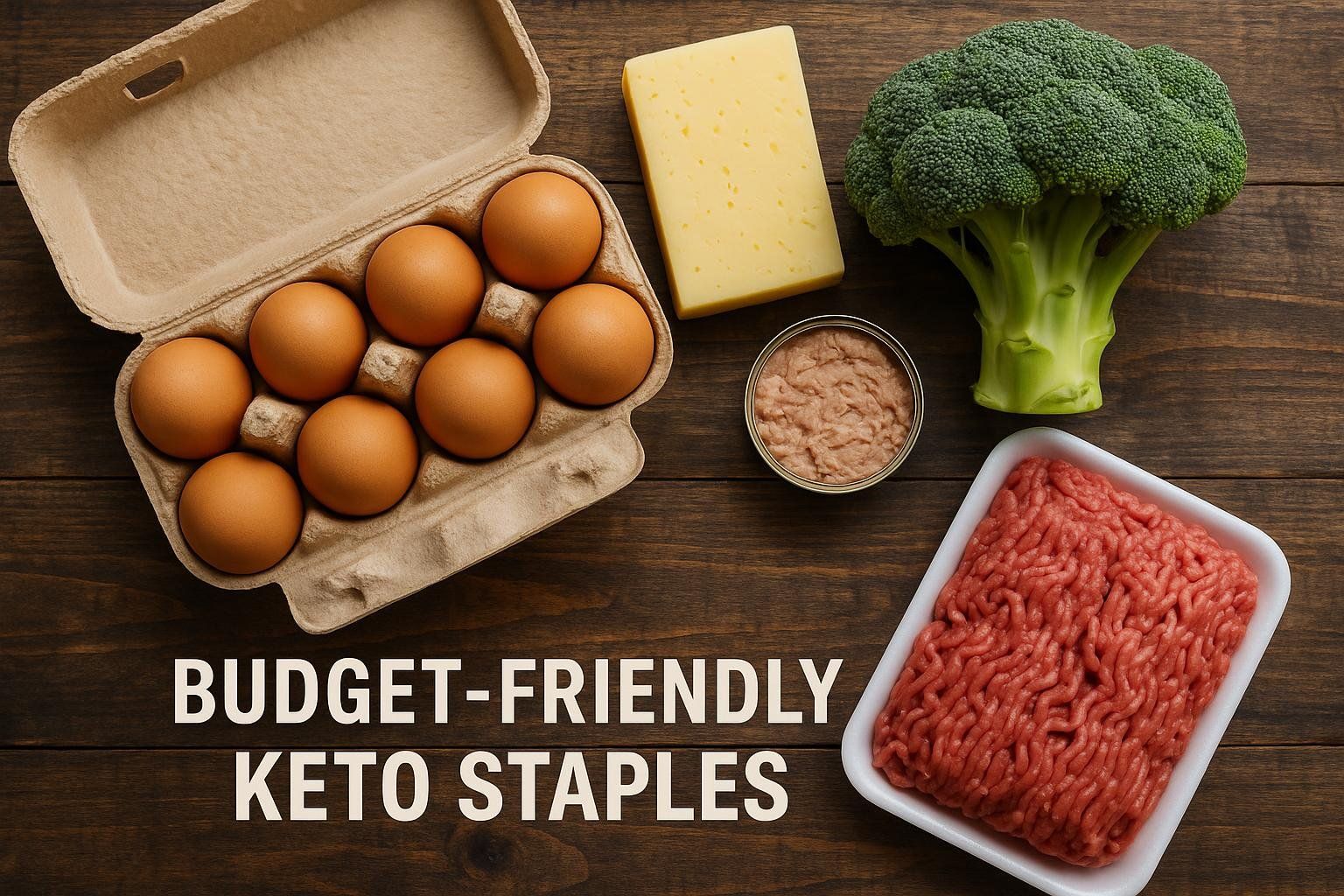
Addressing cost concerns, particularly for students on tight budgets:
Economical Staples:
- Eggs (versatile, cheap protein and fat)
- Canned tuna and sardines
- Ground beef and chicken thighs
- Frozen vegetables (broccoli, spinach, cauliflower)
- Olive oil and butter
- Cheese (buy in blocks, not pre-sliced)
Dorm-Friendly Options:
- Hard-boiled eggs
- Pre-portioned nuts
- Avocados
- Canned tuna and sardines
- Full-fat plain Greek yogurt (in moderation, check labels for low carb counts)
The Reality Check: What Keto Won't Do
It's crucial to set realistic expectations. In 4 weeks, keto won't:
- Transform you into a fitness model
- "Reset" your metabolism permanently
- Allow unlimited calorie consumption
- Work identically for every person
Beyond Week 4: Setting Yourself Up for Long-Term Success
Your first month is just the foundation. Keto can provide a structured framework for sustainable fat loss while maintaining muscle mass and improving energy levels. Research indicates that the most successful keto practitioners:
- Track macros consistently for at least the first 8-12 weeks
- Implement periodic refeeds if weight loss stalls
- Focus on whole foods rather than processed "keto" products
- Monitor biomarkers with regular check-ups
- Develop sustainable habits that extend beyond strict keto
Your 4-Week Action Plan
Before You Start:
- Schedule a baseline DEXA scan to accurately measure starting body composition
- Calculate your macros using a reliable keto calculator
- Plan and prep meals for the first week
- Stock up on electrolytes and keto-friendly snacks
During Your Journey:
- Track everything for the first 2 weeks (food, symptoms, energy levels)
- Take weekly measurements and photos
- Adjust macros based on results and how you feel
- Stay connected with supportive communities or professionals
Week 4 Assessment:
- Schedule a follow-up DEXA scan to quantify changes
- Evaluate which aspects worked best for your lifestyle
- Plan your next phase based on results and goals
The Bottom Line
Your 4-week keto journey represents more than just weight loss—it's about understanding how your body responds to a completely different fuel source. The combination of rapid initial results, improved energy levels, and enhanced mental clarity makes those first four weeks both exciting and educational.
Remember, these changes represent just the beginning. The most dramatic transformations happen when you combine keto with resistance training, adequate sleep, stress management, and precise progress tracking through methods like DEXA scanning.
Ready to start your own 4-week transformation? Consider booking a baseline DEXA scan to establish your starting point and track your progress with scientific precision. After all, the best diet results come from knowing exactly where you started and measuring exactly where you're going.

